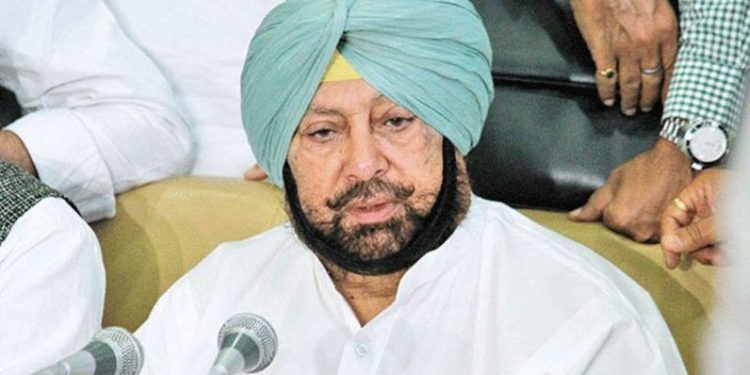Former air chief marshal B S Dhanoa despite facing flak from Opposition pushed the acquisition of Rafale Fighter from France.

With the Chinese People’s Liberation Army (PLA) concentrated and on the offensive on a barren Tibetan Plateau, the Indian Air Force with Rafale fighter as its spearhead weapon will decide the outcome of the battle in case the red flag goes up, says former Air Chief Marshal B. S Dhanoa. Five Rafale fighters will land at Ambala air base today from France for induction into IAF today .
Talking to Hindustan Times, Dhanoa, the chief architect of February 26, 2019 air strikes on Balakot, said that Rafale with its top of the line electronic warfare suite, Meteor beyond visual range missile and SCALP air to ground weapon with its terrain following capability outguns any threat that the Chinese Air Force produces. Painting a wartime scenario, former top gun said : “ If the IAF is successful in destruction of enemy air defences and suppression of enemy air defences, then the Chinese fighters out in the open at Hotan air base and at Gonggar air base at Lhasa airport are fair targets. Some 70 Chinese aircraft are without protection at Hotan and some 26 aircraft may be parked inside a tunnel which the PLA were building at Lhasa air base,” the former air chief said.
Also Read: In China’s troop movements in Ladakh’s depth areas, a hint about its real plan
While Air Chief Marshal (Retd) Dhanoa recognises the threat presented by Chinese J-20 fifth generation fighter, he is very confident that the IAF with its latest Rafale and Su-30 MKI will be able to counter the best the Chinese throw at India in the worst case scenario. “Chinese Air Threat is mainly from their Surface to Air Missile Systems.”
Also Read: Four sub-killer P-8I craft coming to India next year, then talks for six more
“ If Chinese equipment was so good, then why did the Pakistanis only use F-16 aircraft to attack Nangi Tekri brigade in Rajouri sector on February 27, 2019 with Chinese JF-17 merely giving air defence cover to Mirage 3/5 bombers. The Mirage 3/5 dropped the H 2/4 bombs from a safe distance with the JF 17 in a supportive role providing Air Defence to these aircraft! Why does Pakistan use Swedish early air warning platforms up north and keep Chinese AWACS in the south? Why is Pakistan mounting European radar (Selex Gallelio) and Turkish targeting pod on Chinese JF-17 ? The answer is quite evident,” the former Chief said.
Also Read: Twin naval exercises with US supercarriers signal QUAD has arrived
However, the brilliant air tactician recognizes the Chinese threat in form of surface to air missile batteries and artillery guns, which the PLA has packed in occupied Aksai Chin. But he also makes it very clear that with no tree line cover available to the Chinese platforms, they would be sitting ducks if the air defence cover is blown over. “ The Rafale with its advanced terrain following weapons and level II of Digital Terrain Elevation Data available to the Indian pilot, the error probability of the weapon is reduced to mere 10 metres. As I have said in the past, Rafale is a game changer,” former Air Chief Dhanoa said.
Also Read: US UAV, Israeli loitering bombs as Indian infantry gets lethal
While Dhanoa appreciates the enemy threat, his serving IAF officers make it very clear that the Chinese equipment is not only inferior to the US equipment but also the Russian equipment. “ Why does Chinese Air Force use Russian Su-30 and Su-35 fighters while facing the US threat in South China Sea? The fact is that the Chinese fighters are no match for the American equipment Majority of Chinese equipment is reverse engineering of Russian equipment and fighters have designs of either Su-27 or Su 30 platform. They are even powered by Russian AL 31 F (Su-30) and RD 33 (MiG-29) engines,” a serving air commander told Hindustan Times.























































































































